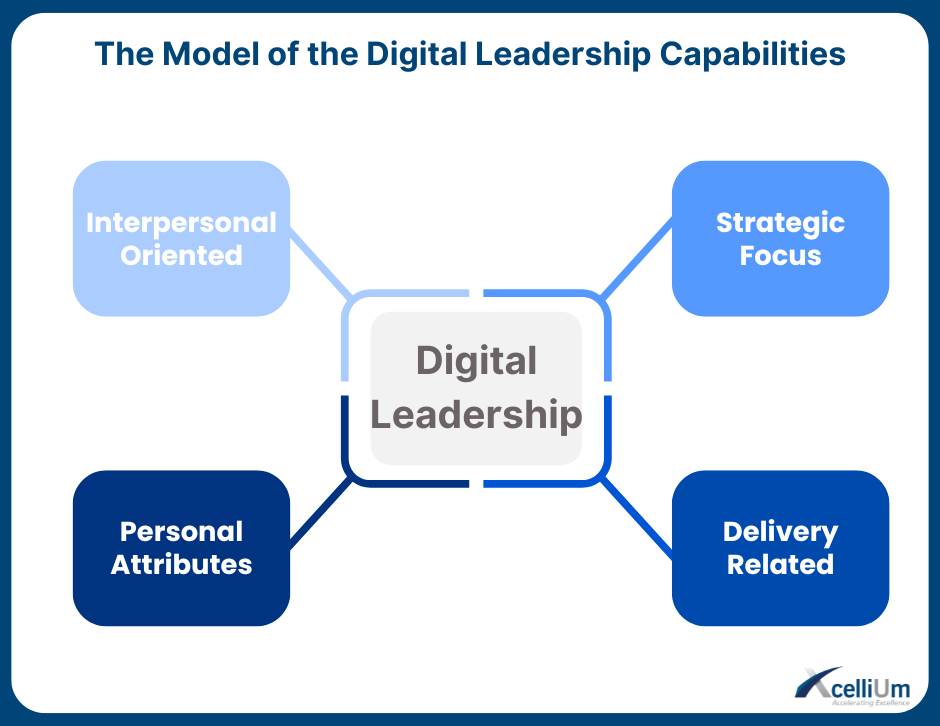Building Systems That Work—Not Just on Paper
- Nina Keyrouz
- Apr 28
- 3 min read
Updated: May 29

Perspectives from the Shingo Systems Design
Too many organizations struggle to remain competitive—not because they can't solve problems, but because they can't sustain solutions. They fail to recognize that tradition often supersedes tools, no matter how advanced those tools may be. True success requires a sustainable shift in behaviors and culture, driven by a transformation in the systems that influence those behaviors.
Understanding Systems: Beyond Tools and Processes
Gerhard Plenert once said, "Success requires a sustainable shift in behaviors and culture, and that needs to be driven by a shift in the systems that motivate those behaviors."
The Shingo Institute previously defined a system as "a collection of tools working together to accomplish an intended outcome." The emphasis here is on the word intended.
The analogy of a family as a system, explains that while families aim for harmony and cohesion, unintended consequences often arise due to the complexity of human interactions. This concept applies directly to organizations—systems must be designed intentionally to produce the right outcomes.
Dr. W. Edwards Deming, a key contributor to systems thinking, defined a system, in his books Out of the Crisis and The New Economics for Industry, Government, Education, as:
"A network of interdependent components that work together to try to accomplish the aim of the system."
Three critical elements stand out from this definition:
Components – The individual elements that make up a system.
Interdependence & Network – The way these elements interact.
Aim – The intended purpose of the system.
A well-designed system ensures that these components work in harmony rather than in isolation.
Formal vs. Informal Systems
Not all systems are structured.
Informal systems lack organization, like a pile of rocks randomly stacked together. In contrast, a formal system has structure and purpose, like those same rocks forming a well-designed bridge. The difference lies in intent and design.
So, how can organizations shift their approach to design and manage systems effectively?
Adopting a Systems Thinking Approach
Shifting to Systems Thinking means using a structured methodology to design and sustain systems that drive consistent, strategic results. This involves three steps:
Identify existing systems – Understand how current processes, tools, and behaviors interact.
Connect components into their respective systems – Align related elements for efficiency.
Ensure alignment across systems – Foster cohesion to drive strategic outcomes.
What Is System Design?
Those with architects in their families will recognize this process. Architects design buildings before creating blueprints, engineers design new parts through schematics, and tailors design suits by first making patterns. In all these cases, designers use a standard method to visually represent and communicate their designs.
When designing a system, we use a System Map—a visual tool that helps represent and document the system structure.
Why Use a System Map?
A System Map provides several advantages:
Documents the existing system and its components.
Identifies areas for improvement to stabilize and maintain the system.
Integrates improvement systems to ensure continuous progress, following Masaki Imai’s philosophy of:
"Everyday improvement, everybody improvement, and everywhere improvement."
The Impact of Systems on Behavior
A system can either encourage positive behaviors or reinforce negative ones.
Peter Senge, a leading voice in systems thinking, states:
"Structure influences behavior. When placed in the same system, people—however different—tend to produce similar results."
For quality and excellence practitioners, this is key:
Keeping It Simple: The Power of Visual Thinking
One common mistake organizations make is overcomplicating system design. As Peter Senge wisely put it:
"Sadly, for most people, ‘systems thinking’ means fighting complexity with complexity—devising increasingly complex solutions to increasingly complex problems. In reality, this is the antithesis of true systems thinking."
Simplicity is key.
The System Map is the best tool to achieve clarity and effectiveness.
Building Systems That Work—Not Just on Paper
To ensure systems are practical, sustainable, and not just theoretical, organizations should take two key steps:
Define what a system means for your organization.
Not everything is a real system—clarify which structures qualify.
Transform informal structures into formal systems.
Many organizations operate with loosely connected processes, tools, programs, and measurements. The goal is to turn them into structured, integrated systems that drive meaningful results.
The Shingo Institute has developed a simple yet highly effective System Map tool to help organizations document, refine, and sustain their essential systems—ensuring long-term excellence.
By adopting systems thinking and focusing on effective design, organizations can move beyond theoretical improvements and create real, sustainable change.
Nancy Nouaimeh
Culture Transformation and Organizational Excellence Expert
Shingo Alumni
Shingo Certified Facilitator







Comments